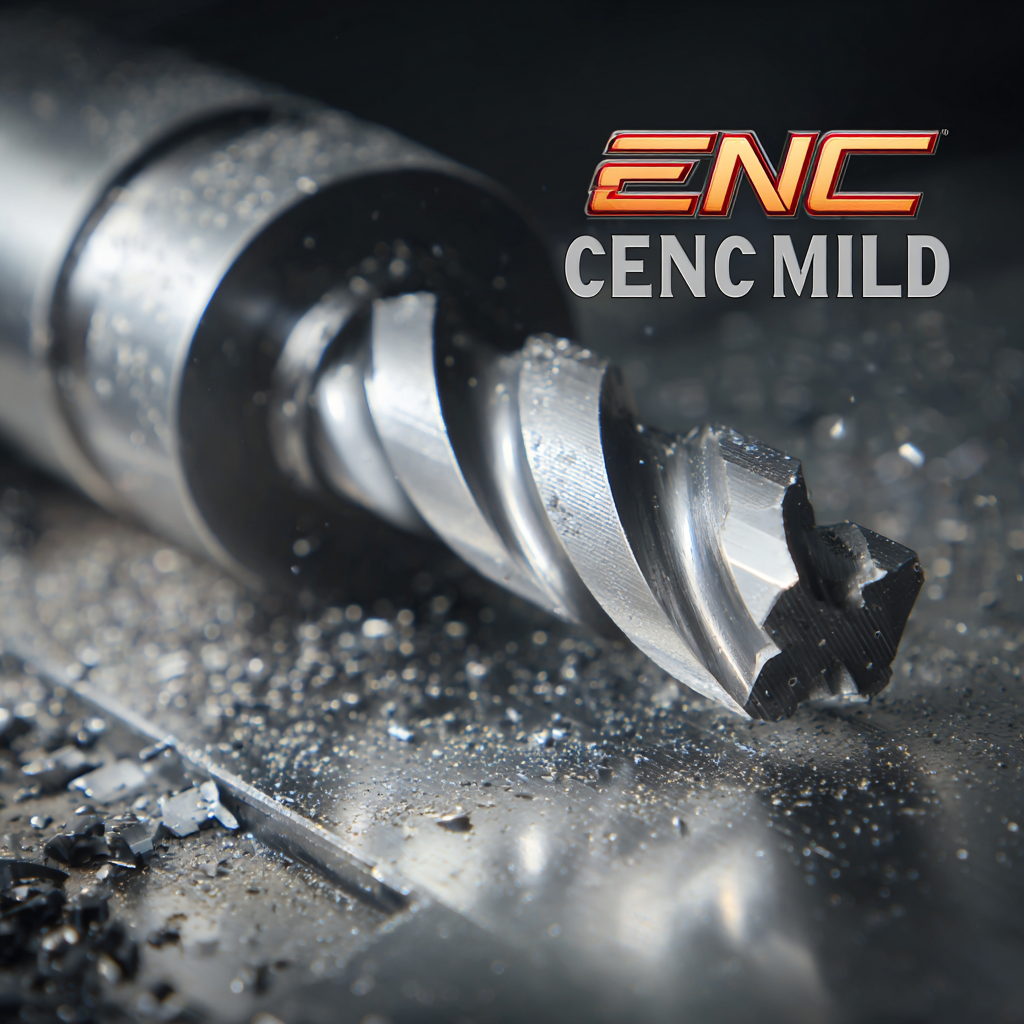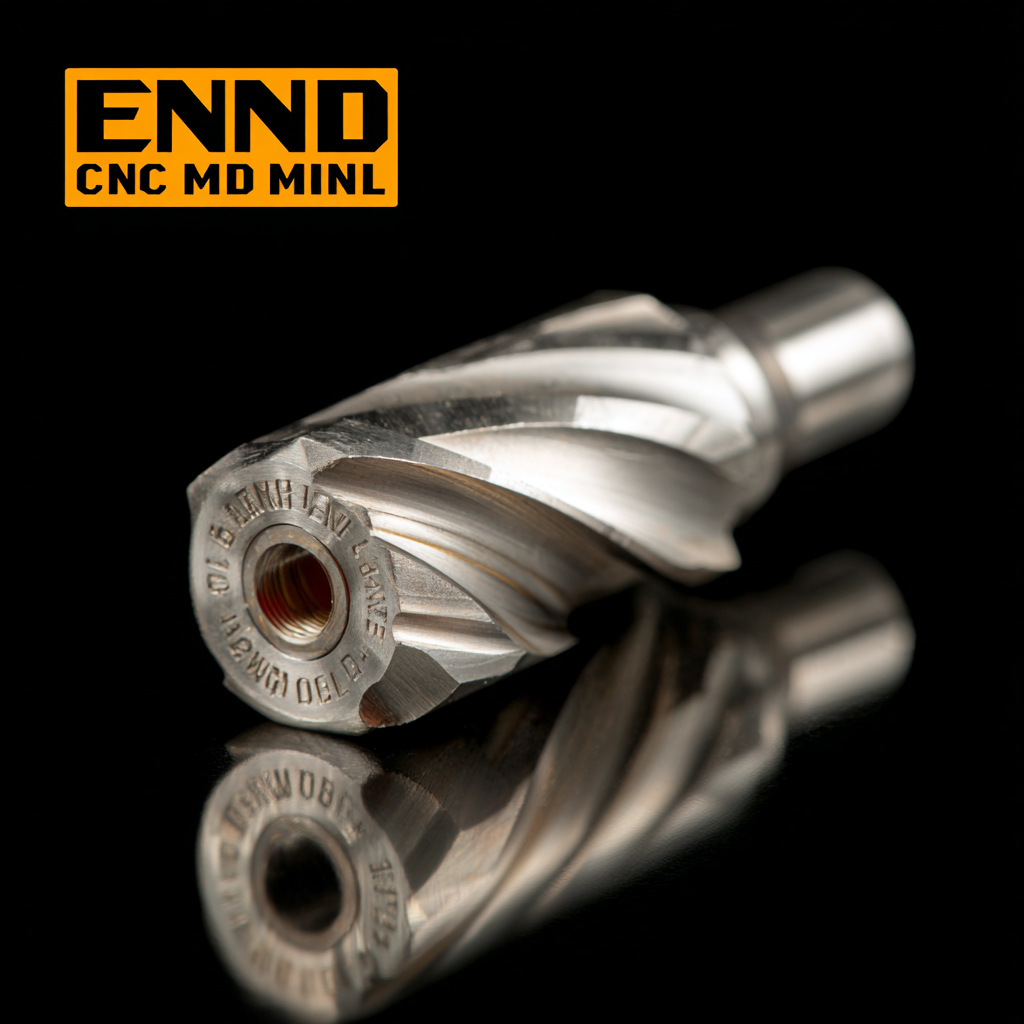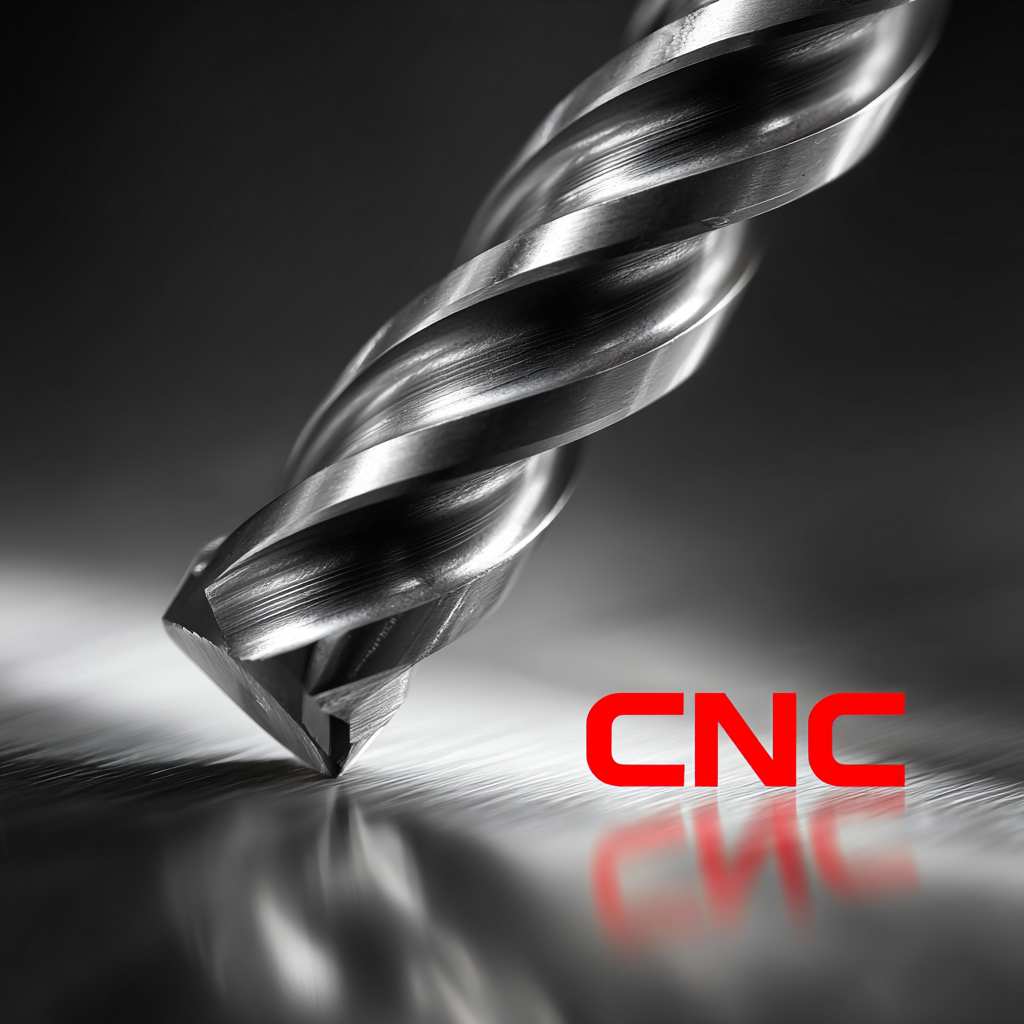
- sales@bjbod.com
- Mon - Sat at 7:00AM to 9:00PM

In the competitive landscape of modern manufacturing, selecting the appropriate CNC end mill is crucial to ensuring optimal performance and productivity. According to a report by MarketsandMarkets, the global CNC machining market is expected to reach $100 billion by 2025, highlighting the increasing reliance on precision tools such as CNC end mills. These cutting tools play a vital role in various applications, from aerospace to automotive, where accuracy and reliability are paramount. With the diverse range of materials, coatings, and geometries available, understanding industry standards becomes essential for manufacturers aiming to maximize efficiency and minimize production costs. This guide will delve into the fundamental aspects of choosing the right CNC end mill, empowering engineers and operators to make informed decisions that align with industry requirements.

CNC end mills play a crucial role across various industries, each with distinct applications that leverage their precision and efficiency. In aerospace, for instance, end mills are essential for machining carbon fibre-reinforced polymer (CFRP) composites used in structural components. This material's lightweight and high-strength properties make it ideal for aircraft manufacturing, where precision tooling is vital to meet safety standards and performance requirements.
In the medical field, CNC end mills are employed to create intricate parts for surgical instruments and implants. The ability to produce complex geometries with high accuracy is paramount, as these components often require strict adherence to specifications to ensure functionality and patient safety. Furthermore, the customization of tools allows manufacturers to innovate and improve surgical techniques.
**Tips for Choosing the Right CNC End Mill:**
1. **Material Compatibility:** Always select an end mill based on the material you plan to machine. Different materials require specific tooling to achieve optimal performance.
2. **Geometry and Coating:** Consider the geometry of the end mill, such as the number of flutes and helix angle, as well as any coatings applied, which can enhance tool life and performance in various applications.
3. **Cutting Parameters:** Pay attention to the recommended cutting speeds and feeds for the specific end mill and material combination. Proper parameters can significantly affect the machining efficiency and surface finish.
When selecting the right CNC end mill, it’s crucial to consider several key factors that can impact the outcome of your machining projects. First, understand the material you will be working with. Different materials—like aluminum, steel, or composites—demand specific tools that are optimized for cutting. Choosing an end mill designed for a particular material will ensure efficiency and precision in your machining process.
Moreover, the geometry of the end mill plays a significant role in performance. Features such as flute design, number of flutes, and diameter can affect chip removal, surface finish, and the overall stability of the cutting process. For example, a larger diameter end mill can remove more material quickly but may not be suitable for tight tolerances. Therefore, assess your project requirements carefully to determine the best geometry that meets your needs.
Lastly, don’t overlook the importance of tool coatings. Coatings can enhance tool life and provide better performance under high-stress conditions. Tools with specialized coatings are designed to reduce friction and heat, which ultimately leads to better results. An informed choice based on these considerations will not only enhance your machining efficiency but also improve the quality of the final product.
When selecting the right CNC end mill, understanding the materials used is crucial, as they significantly impact performance, tool longevity, and the types of materials that can be machined. The most common materials for CNC end mills include high-speed steel (HSS), carbide, and cobalt. HSS is often favored for its toughness and resistance to deformation, making it a cost-effective option suitable for less demanding applications. However, it tends to wear out faster compared to carbide, especially when used for high-speed operations.
Carbide end mills are widely recognized for their superior hardness and rigidity, enabling them to maintain sharp cutting edges even when working with challenging materials like titanium and hard plastics. They are ideal for high-precision tasks and can operate at higher speeds due to their resistance to thermal deformation. Cobalt end mills offer a balance between HSS and carbide, providing enhanced wear resistance and the ability to withstand higher temperatures. By understanding these materials and their characteristics, users can make informed decisions and select the appropriate CNC end mill tailored to their specific machining needs.
| End Mill Type | Material | Diameter (mm) | Number of Flutes | Coating Type | Application |
|---|---|---|---|---|---|
| Standard End Mill | High-Speed Steel | 10 | 2 | None | General Cutting |
| Ball Nose End Mill | Carbide | 12 | 4 | TiN | 3D Contouring |
| Flat End Mill | Cobalt Steel | 8 | 3 | TiAlN | Machining Aluminum |
| Tapered End Mill | Carbide | 15 | 2 | Diamond | Woodworking |
| Multi-Purpose End Mill | Carbide | 10 | 3 | ZrN | Versatile Applications |
In the world of CNC machining, the selection of the right end mill can make all the difference in achieving optimal results. Real-world case studies reveal how companies have successfully implemented various types of CNC end mills to enhance their production efficiency and product quality. For instance, a leading automotive manufacturer adopted high-performance carbide end mills to significantly reduce machining times for complex parts. By carefully analyzing tool wear and cut quality, they were able to increase throughput while maintaining stringent tolerances.

Another notable example is a small custom fabrication shop that switched to tapered ball end mills for 3D contouring applications. This transition not only improved the surface finish of their components but also reduced the need for secondary operations. The shop reported a marked decrease in production costs and an increase in customer satisfaction due to faster delivery times.
These cases demonstrate that understanding industry standards and taking the time to choose the right CNC end mill can lead to substantial improvements in operational performance and product output.
As the CNC machining industry evolves, the future of CNC end mill technology is poised for significant advancements. According to a recent report by MarketsandMarkets, the global CNC machine market is expected to reach $100 billion by 2026, driven by the increasing adoption of automation and advanced manufacturing processes. This surge in market demand is prompting innovative developments in end mill technology, including the integration of smart manufacturing and IoT capabilities, which enhance precision and performance in milling operations.

In addition to smart technology, the materials used in CNC end mills are also evolving. The introduction of advanced coatings, such as diamond and titanium aluminum nitride, is leading to improved tool life and cutting efficiency. A study published in the Journal of Manufacturing Science highlights that these modern coatings can extend tool life by up to 300%, significantly reducing downtime and operational costs for manufacturers. Adopting these new materials and technologies will not only improve operational efficiency but also open up new applications in industries demanding high productivity and precision, such as aerospace and automotive manufacturing.